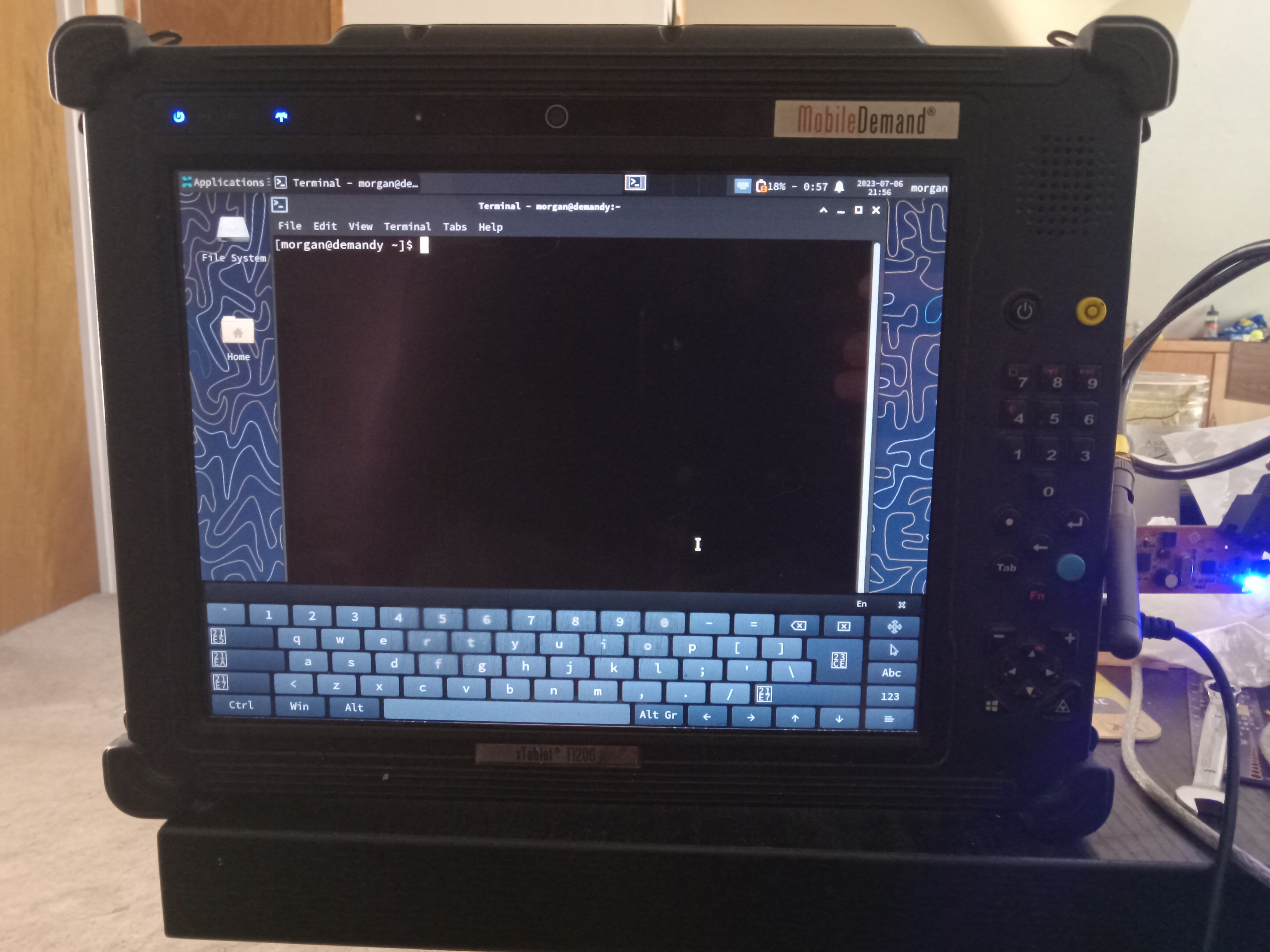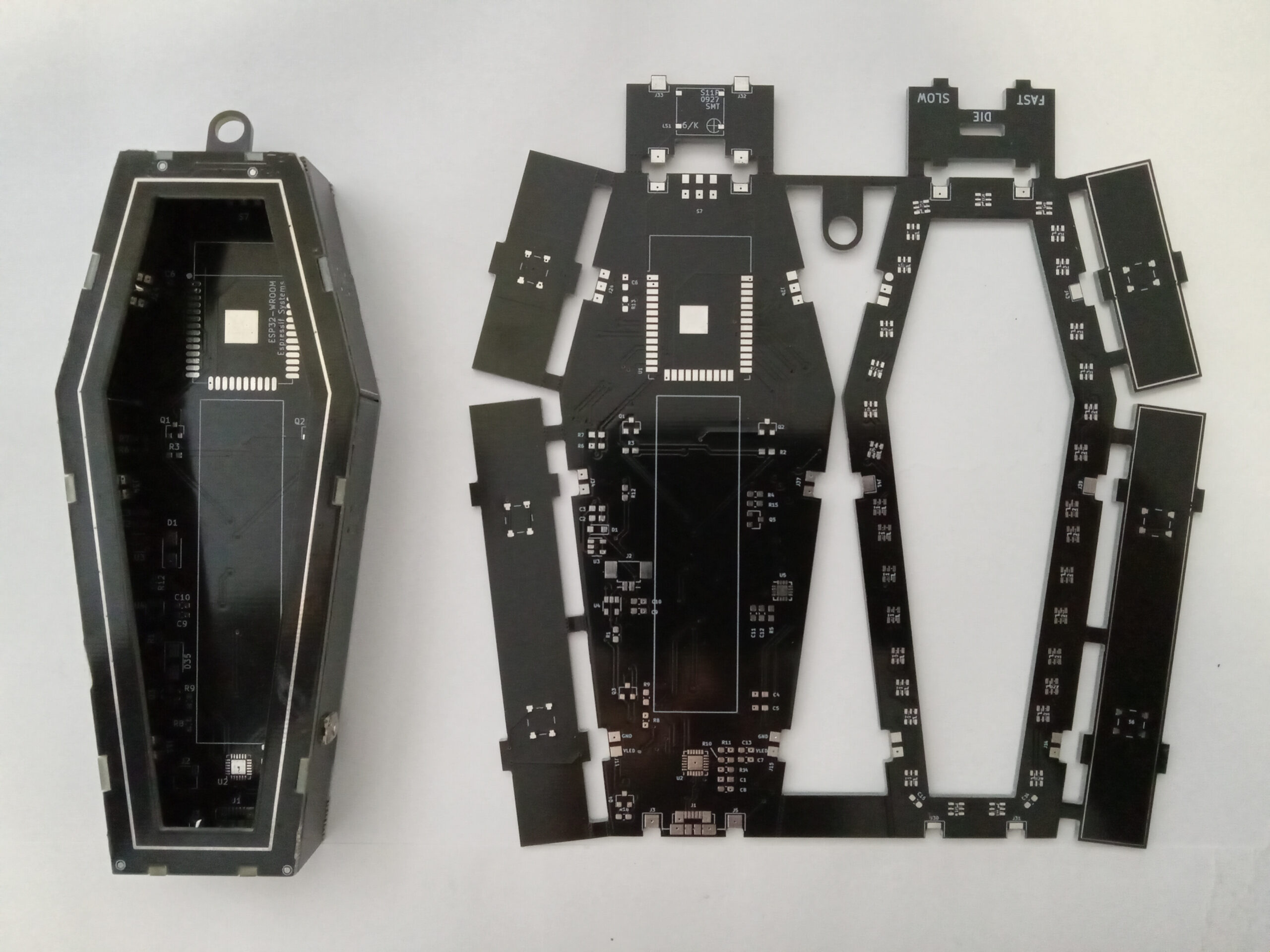Dovecot Sieve for Pre-Fetching and Inlining Images
CoAP over Everything
This research deep dive was inspired from using my Dust Collector Remote . It works great, but after a year using it I’ve found the delay to connect pretty annoying. On bad days with a router misbehaving the 4 or 5 second delay while I’m waiting to turn a tool on can get frustrating.
This started getting me thinking about how it could be handled faster. I’ve used ESP-Now a handful of times and have appreciated it’s quick boot to ‘do something useful’ time. But in past projects, I’ve mostly used it as a raw socket and formatted my own messages. Wouldn’t it be nice to have MQTT infrastructure without the setup latency of WiFi or the complexity of BLE/GAP/GATT? I also spent some time dabbling with CoAP a bit this year and while it seems common to treat it more like HTTP, but when using features like Observe Resource it looks a lot more like MQTT or BLE Notifications.
DIY Workshop Remote Dust Collection
MobileDemand xTablet Hacking

As I’m deploying more LoRa nodes I find myself needing a more capable debugging system. While at home
I simply use an SDR connected to my desktop to ensure devices are transmitting as expected. In the field
that is a loftier goal. I’ve tried using an SDR connected to an Android phone with limited success, this
seems to just kill the battery more than anything.

Cacoffiny Bare PCBs for sale
Going to have a small batch of unpopulated PCBs available in the new OiT Electronics shop.
Selling these will help with a final revision of this PCB that will correct some of the mistakes that made manufacturing and bring-up too difficult to make continuing worth while.

ESP32 startup times
I found myself in a conversation about ESP32 boot times. Specifically the time it takes from boot until user code can do something useful with an IO.
As this was something relevant to Richmote
but I didn’t have any actual data I decided to
do a simple setup to measure the results. My test setup consisted of two probes one connected
to the RST line and the other to a random GPIO. The firmware would immediately setup the
GPIO as an output and pull it HIGH. Nothing else.